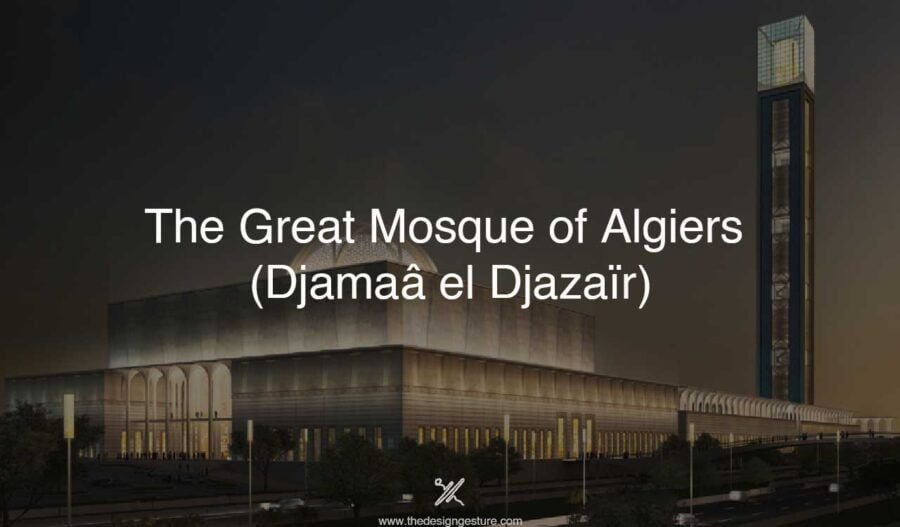Table of Contents
Introduction
Urban planning is the sculpting of the structure of cities and towns. It involves various developments like the arrangement and planning of buildings, transport systems and networking, public areas and open spaces, and great amenity spaces for recreational activities. Nowadays, Urban planning has become a necessary discipline because cities are getting overpopulated rapidly and resources are also present in limited quantity.
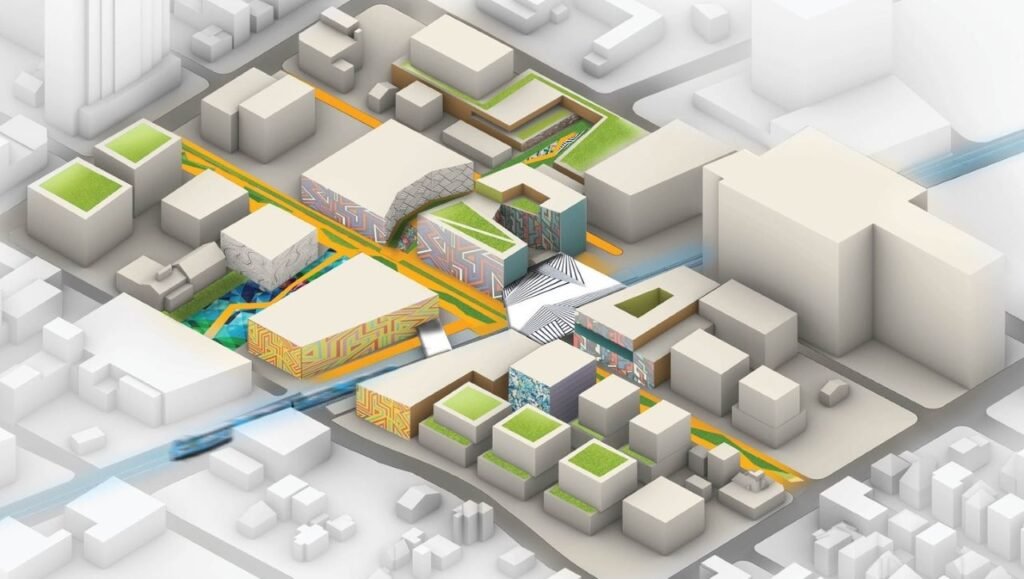
As an urban planner, the primary aim is to guide the urban development of an existing or new community concerning public and environmental welfare. Urban planning needs to influence the aspects that help make the living and working space more convenient, healthy, efficient, and equitable.
A considerate urban planner will also take a sustainable, climate-oriented, and eco-friendly approach that manages the environment and promotes longevity as well as diminishes the risk of disasters. Urban development over the years has led to various trends, including big-box redevelopment, experiential retail, cohabitation, and co-working, which have been gaining a lot of attention and creative advances considering broader design aspects.
Importance of Urban Planning
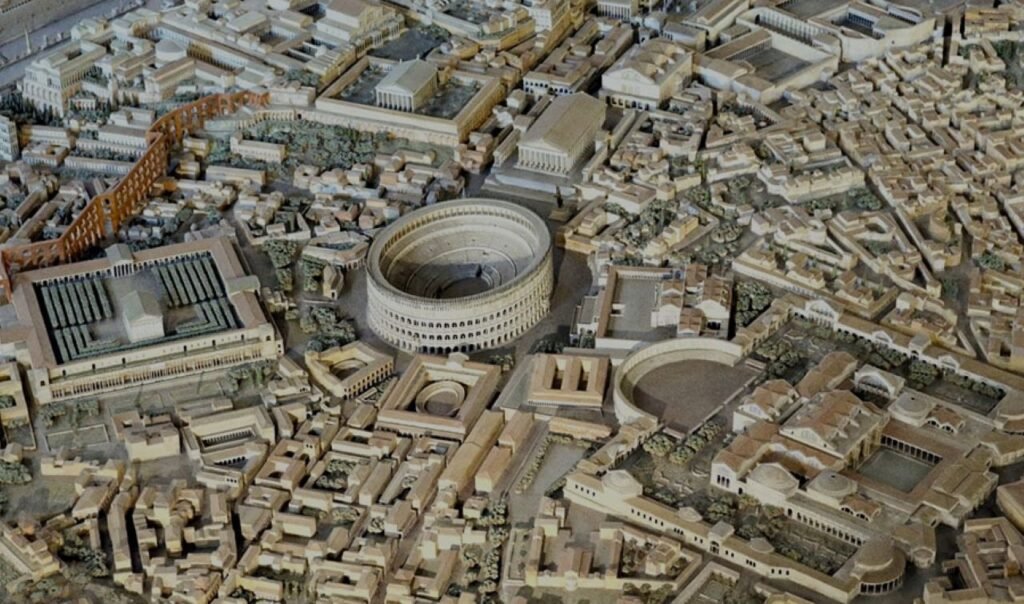
Urban Planning began in ancient Rome, whilst the city only had a population of under 1 million. The government has recognized urban planning as the perfect measure to eradicate various problems like flood hazards in lowland areas, provision of basic services such as water sanitation, and inconsistency or wastage of land.
Urban planning is readapting itself as a discipline whose need has been begun because of the escalating health issues caused because of overpopulation, poor sanitation, and pollution. As the population grew, the planning became vaguer and vaguer, hence it becomes tough for citizens to live, walk, or use public transport. Most of the world’s population has now lived in cities with a population of over 1 million population and, in megacities, it rockets to 10 million people.
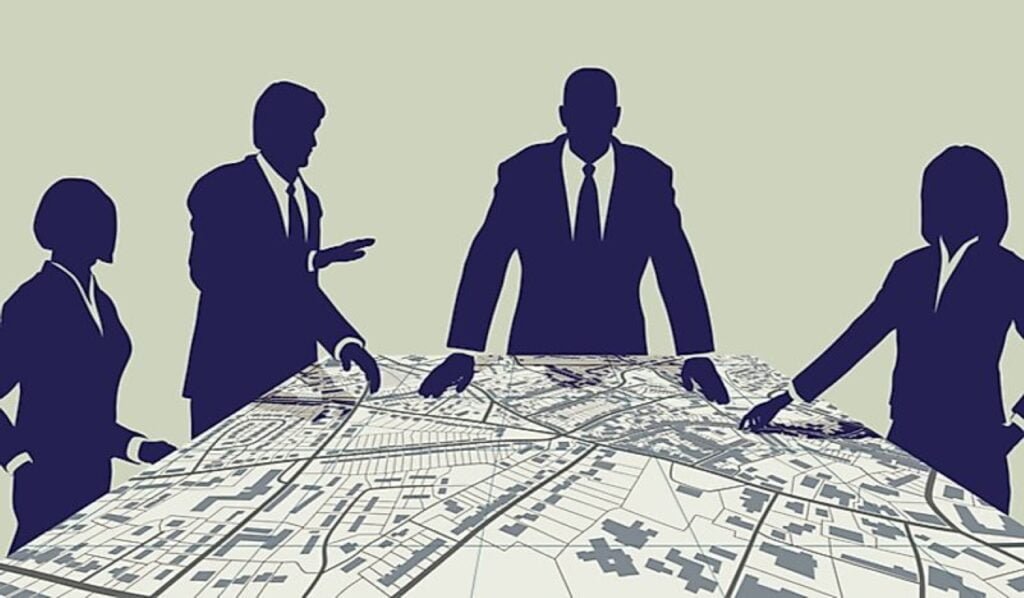
In the coming years, overpopulation will mostly be seen in developing countries. Hence, the need for urban planning coming into the picture has become even more important. With this, let’s also understand why urban planning has become crucial in today’s world and what the newbies in urban planning need. Urban planners serve as a facade for the community, and it is important to keep their best interests in mind.
10 Tips for urban planning for Newbies
Expression of Spatial Planning Through Sketches
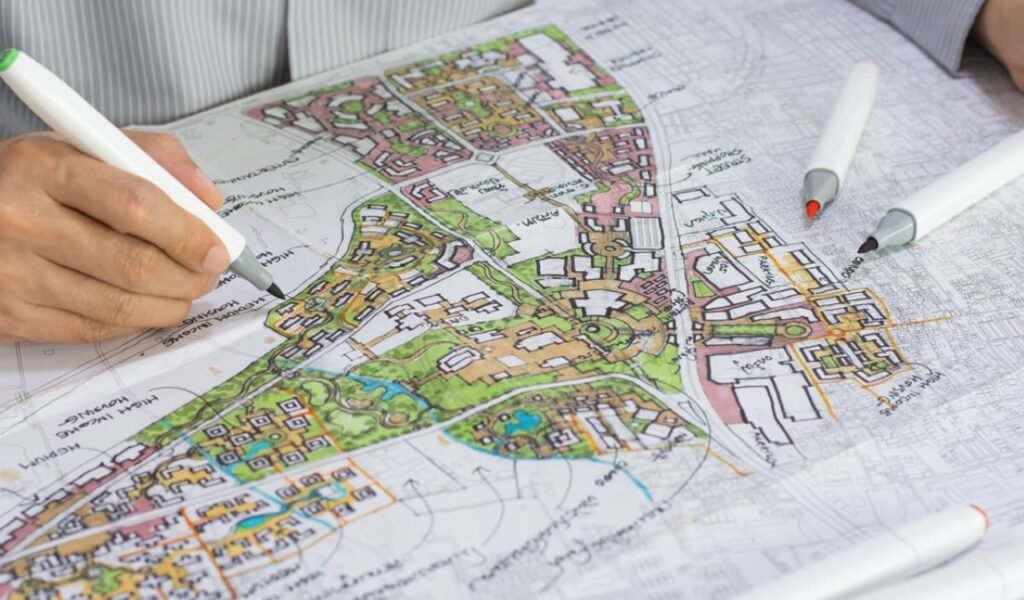
Urban planners need to constantly express what they are thing about and hence to do that learning how to represent thoughts through instant sketching can go a long way in urban planning. Sketching, architecture, and planning go hand in hand. These conceptual sketches do not always have to be of professional quality. Architectural sketches are not about making them look elegant, but more about communicating ideas. Urban planning sketches undoubtedly reveal an extremely important part of our creative process through various techniques like bubble diagrams, schematic drawings, etc.
Putting your thoughts on paper untangles many issues and helps to understand the key parameters influencing while developing the master plan drawings and gives a perspective drawing from a human eye as a typical urban expression element. There are differences between hand-based and computer graphic processing, but both ways help to give a perspective on urban planning.
To understand the History of the place and the Past developments
History and past development are very important while urban planning. The history of that area is interdependent with enacting climate resilience, which helps us to find out how that area was developed. It is very important to understand that planning fits seamlessly into the environment and the initial layout of the area. Urban planning should look more belonged to the landscape than imposed on it.
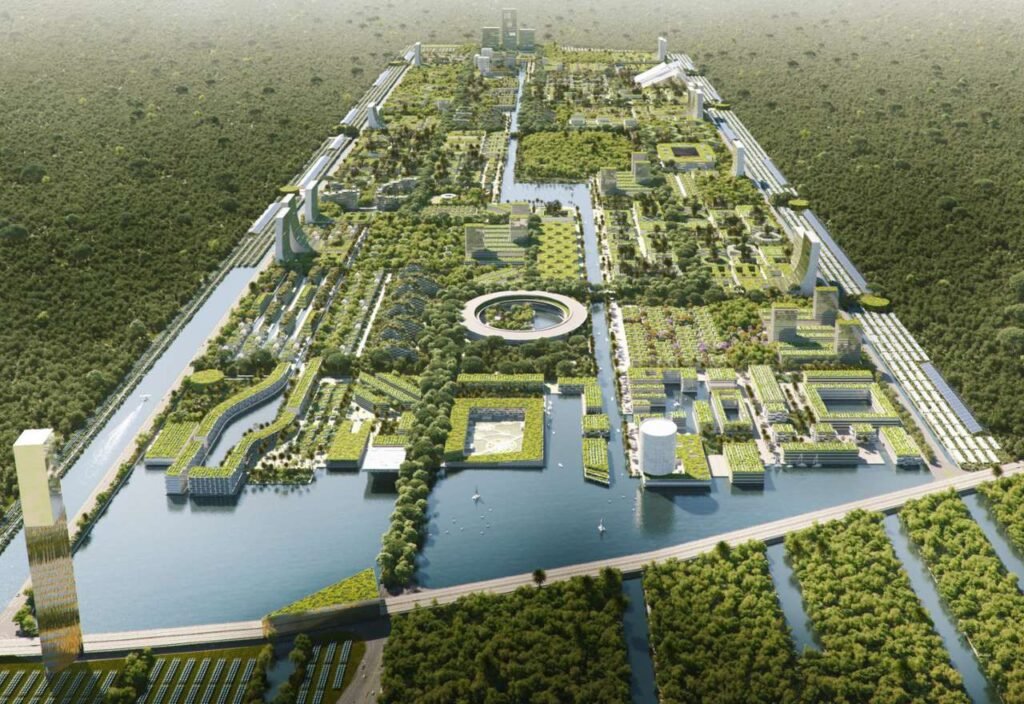
Urban planners need to know how important it is to know the historical details of that place; the lifestyles, the mode of transport used, demography, the architectural evolution of that place, changes in the built form over time, etc.
Understanding the history of the place helps to have a definite base and for further conceptualization in the design process. Urban planners also get a splendid vision into interventions made in the past to evaluate the requirements and convenience of the people. It would help the planning to further understand what developments took place in the past, if they were effective or not, which developments can be reused, and which need to completely be abandoned.
Keep in mind the Topographical and Geographical considerations
Topographical and geographical considerations and study play a very important role in urban design. Contours help urban planners in understanding the levels of a particular site and help in placing structures and public open spaces and how they can be connected. It helps in the urban planning of the developed masses and the best usage of volumes.
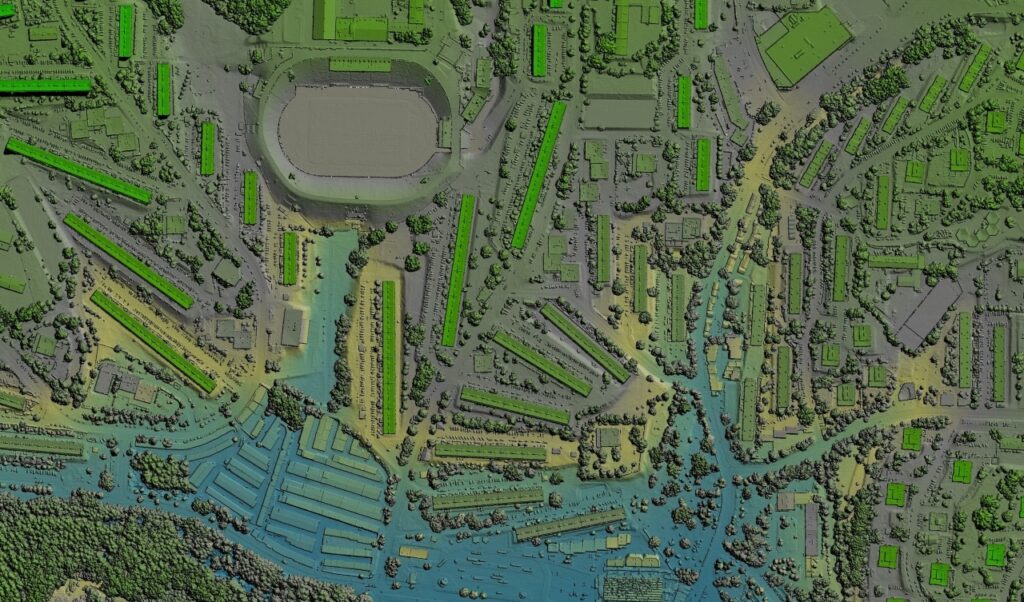
Urban planners need to understand if the site needs to be treated differently depending on its levels and slopes. Knowledge about the topography helps guide the design of the circulation in the city, be it of pedestrians, vehicles, water, or sewage. A flat site could be relatively easier to deal with than a sloping one, as too many level differences may act as a barrier to making the design universally accessible and consequently need to be dispensed with a unique method.
Insight about the levels will help in planning how the overhead water tanks and the piping work to reach all houses and complexes. It will also help in considering if rainwater can be stored to make the site self-sufficient with its water requirement.
The geographical location of an urban site also plays a vital role in orienting the interferences. It gives a fairly clearer idea about natural factors like rainfall, wind direction, wind speed, humidity, slopes and terrain, landscape, etc. Hence, helping in urban planning by realizing the surroundings and their impact on the site.
Thoughtful Planning of Open or Recreational Spaces

Open spaces and recreational spaces play a very important role in urban planning, it not only helps to enhance the beauty and environmental quality of neighborhoods but also helps with the well-being of humanity as it provides a feeling of escape, helps with stress reduction, quicker healing, and mitigation of attention deficit disorder. While urban planning is very important in incorporating open and recreational spaces, especially in commercial office areas, as it can play a huge role in the human approach and helps to increase human productivity.
Including green spaces can even reduce air-conditioning costs by reducing the UHIE in the immediate area, which can play as a sustainable solution considering the increasing global temperatures. Living and working near green spaces are also known to improve mental health and well-being and employee productivity. All these benefits equate to a happier and healthier lifestyle for everyone.

There are many various economic benefits associated with green and open spaces in urban planning. The land comprises the same as the highest value, especially in a country like India where the population is at a steep rise, open green spaces help to increase property value, whether it be a privately owned house or a place of business.
While urban planning, it is essential to understand and study various vegetation types of different which will help show about what all parts of the site are shaded during what time of the day. It will help understand what kind of flora is available locally and how it can be used to its benefit on the site. Some rare floras can also be protected and used in open and recreational spaces.
To understand public transportation from an Economical perspective
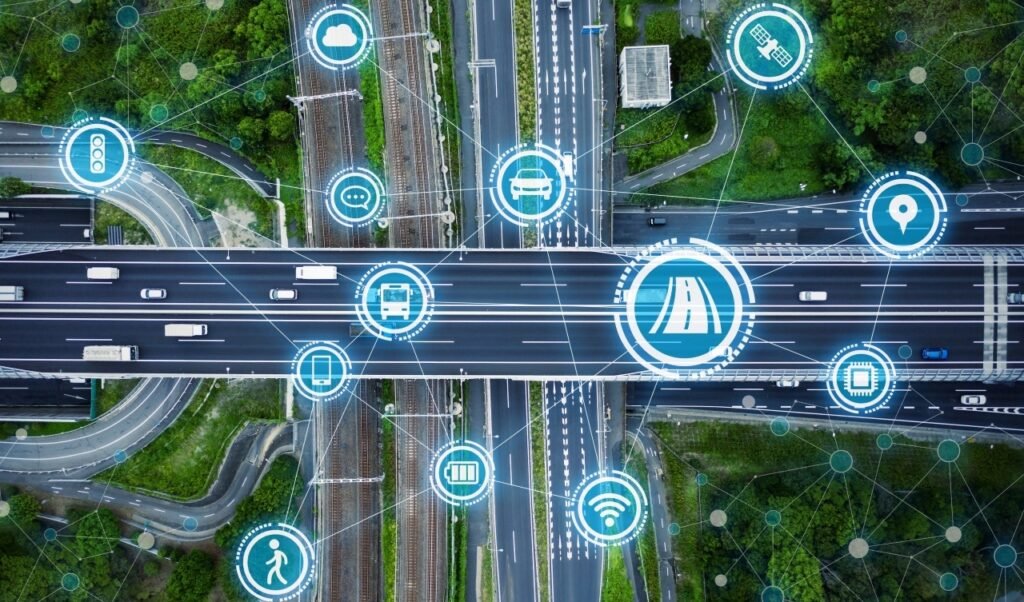
Planning public transportation in urban development would act as an investment with significant effects on the economy and thus represent an important public policy. Urban planning now needs to consider that mobility within and around the cities will become completely public, simply because of the inevitable traffic congestion caused because of private transportation and the difficulties of storing individual vehicles. Public transportation can be very economical as it would help save the maintenance charge, fuel charge, and save time, reducing the traffic caused by individual vehicles.
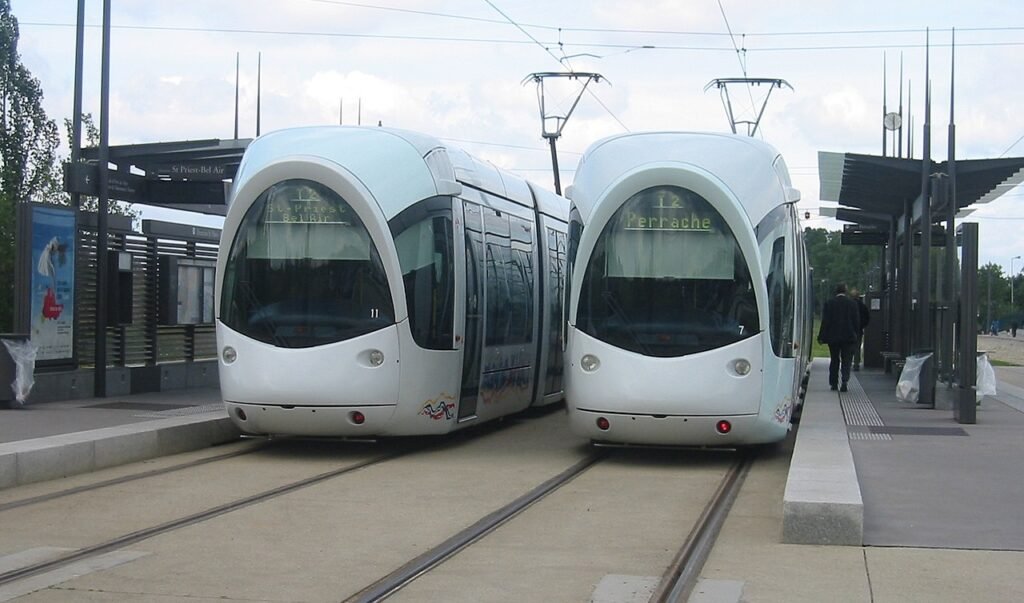
To achieve holistic urban plans incorporating transport infrastructure, public space, and whilst also considering the behavior of people in these spaces, to understand the relationship of fundamentals of transport, spaces, and humans, by promoting and incorporating sustainable urban design strategies. The positive interfaces between how the urban designers plan the private and public conveyance ways.
Future urban planners need to think about technological development to improve the appearance of public transport, the fundamental challenge of coordinating between individual travelers who might consider sharing vehicles. As natural resources in the future will become further limited and precious, public transportation would become a key to future city planning. The urban planning of public transportation properly can help recognize the longer-term benefits of sustainable ways of transportation as it reduces travel times, costs, and increases economic productivity.
Importance of pedestrian accessibility
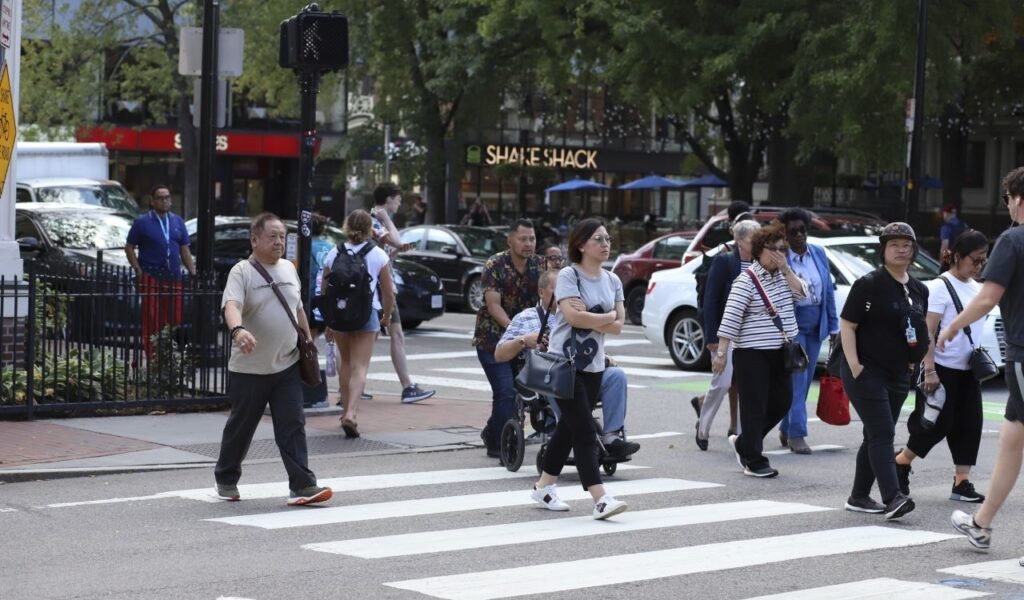
Pedestrian-priority spaces play a major role in sculpting a walkable, accessible, and pleasant city. They provide places for people of all ages and abilities to take advantage of the cities services without contending to other modes of transportation. Pedestrian accessibility in urban planning is a powerful approach to moving towards sustainable mobility paradigms. More attention also needs to be paid to determining which factors influence accessibility.
Pedestrian-priority spaces should be equitably distributed throughout various communities of the city, offering opportunities for social interaction, active recreation, healthy living, and improved quality of life. Beginners in urban planning also need to keep in mind that shortly many fossil fuels operated by transport may become nearly extinct and hence people might consider a means to travel by foot as a more affordable and economical solution.
Micro-mobility centered transportation planning
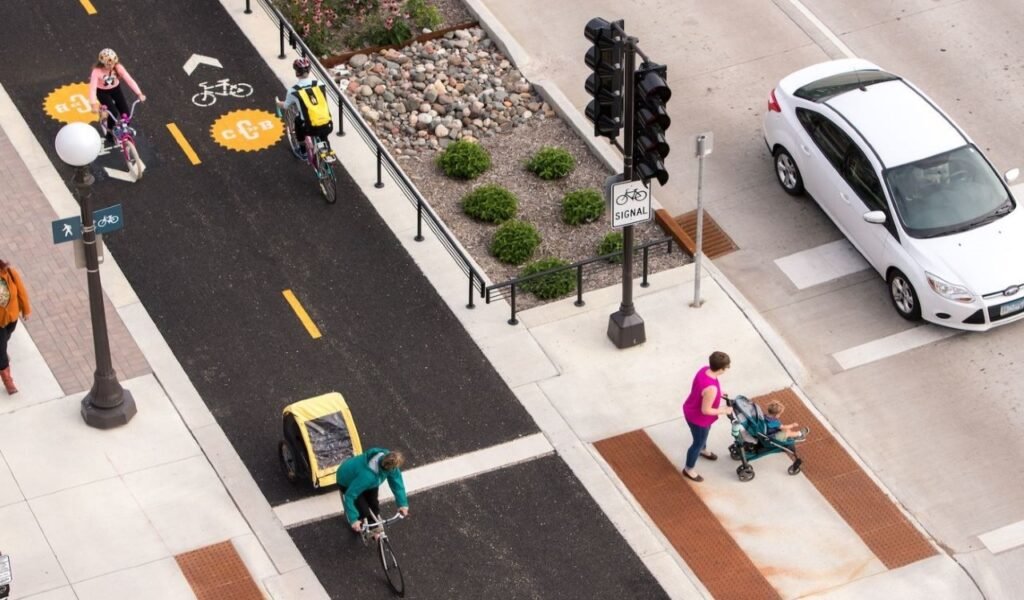
Urban planning needs to actively involve micro-mobility-centered add flexible new methods of transportation so that city dwellers can move within the city at their absolute convenience. Bicycles, electric scooters, and e-bikes are a few examples of micro-mobility vehicles that are commonly being used now. Micro-mobility ways of hauling are all highly customizable and sustainable solutions for inter-city travel. These are zero-emission or low-emission, for instance, e-bikes and electric scooters. Micro-mobility has progressively become common with city residents coming from various types of backgrounds, from delivery workers to office workers.
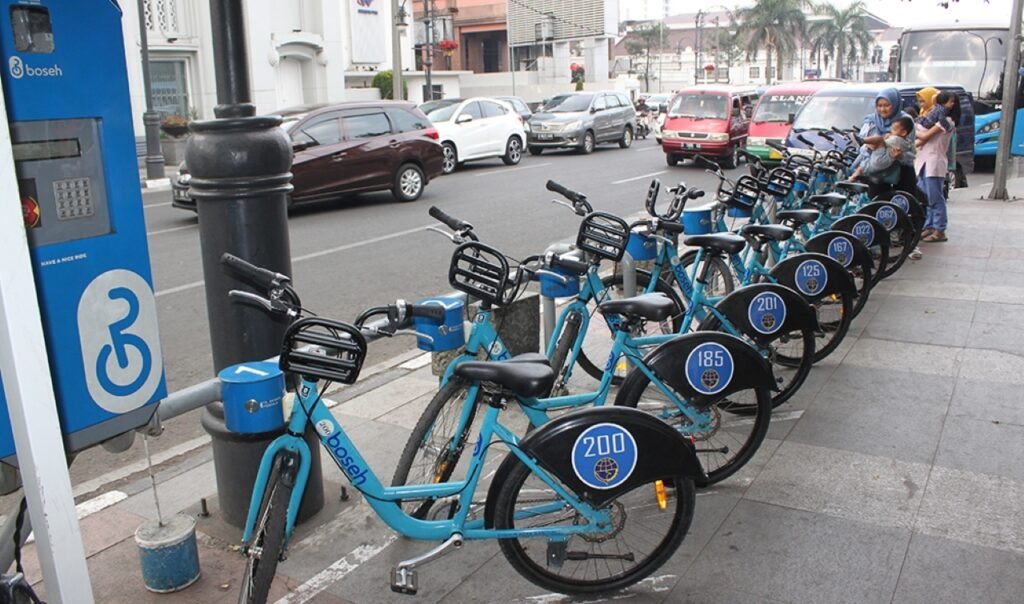
Urban planners need to consider E-scooters, e-bikes, and traditional bicycles as they are low-emission transportation solutions. As we move toward the goal of achieving a sustainable future, micro-mobility is one of the best tools we must cut harmful greenhouse gases and become less reliant on fossil fuels. Urban planning in India can benefit from micro-mobility programs, as it would be the best possible way to improve the city’s transportation system.
Understanding the Services and Utilities
The vital technical infrastructure to consider while urban planning of a city comprises energy, sanitation, and communication. The disparity in the distribution of these services makes it tough for poor people to access their difficulty to maintain the decorum and might also risk public health. This inequality can be tackled in urban planning to ensure the quality of life throughout the city.
Understanding the ways that will help while making interventions on urban sanitation, services, and utilities. Urban planners need to understand that negligence at these levels can affect utilities enormously. Deep knowledge of the sewer lines, water supply lines, wastewater outlets, etc and is a must while proposing the same as well. Understanding how the services and utilities operate, underground or at grade, helps to make it simpler at the proposition stage and hence should be prepared.
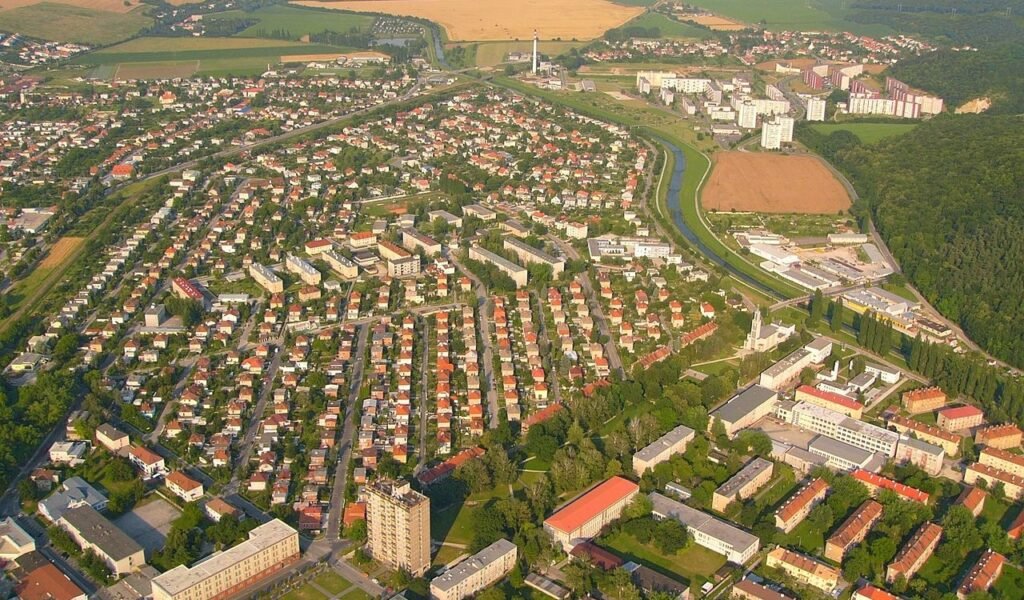
Further urban planners need to consider and plan optimal design & cost estimates for the Sewerage systems. Urban planning needs to be sustainable and should also include a proper storm water drainage system, rainwater harvesting system, solid waste management system, water treatment plant, and distribution system.
Sanitation is also a very important service that needs to be considered for the health and wellbeing of humans, by cooperating sewerage system includes a sewage collection network, sewage pumping posts, sewage treatment plants, and recycling of treated sewage to cater to flushing. Solid waste management should be planned with different stations, including collection stations, segregation stations, composting waste biological stations, and inorganic waste disposal stations.
Public Diversity and Social Considerations
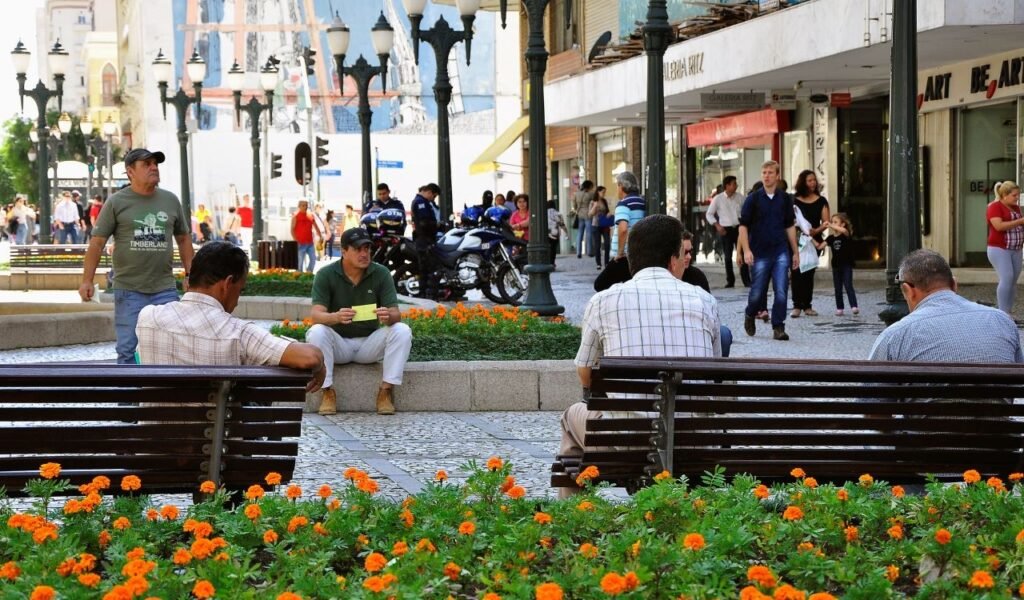
Cities serve as a hub for people with different cultural backgrounds, religions, interests, and social statuses. As a result, cities are not only expanding in terms of population but are also developing to be progressively more diverse. The impact of immigration and ethnic diversity on the urban fabric is being discussed in countries worldwide. It is very important to keep in mind during Urban planning, Public Diversity, and Social Considerations as its outcomes affect nations, regions, cities, and neighborhoods.
Public spaces should be planned with meeting spots to let people come together and interact on ostensibly neutral ground. Small interventions in public spaces can also make a big difference, such as improvements to bench seating, learning, health care, employment interaction spaces, housing. Thus, the role of urban planners in fostering social cohesion should not be undervalued. During urban planning, public spaces might solve the roots of social and economic problems. They can with well-connected urban patterns and functioning public spaces that facilitate interaction and social mixing, which can also start making a big difference socially.
Sustainable and futuristic development ideas

In current times, the development of uncertainties demands sustainable environments. While urban planning planners need to understand three ambiguities that may need solutions. Firstly, the town needs to deal with unfortunate developments leading to major climate change. Secondly, urban environments are the place where deliberate worries to accommodate the generation of renewable energy and other sustainability modifications. The third form is the heightened exposure of urban populations that would affect a spectrum of uncertain developments and climate impact.
There are many examples of such futuristic and sustainable cities, which can help inspire new urban planners, like-
Garfield Green, Chicago’s Garfield Park
Mercado Habitado II, Madrid
Urban Battery, Madrid
URBAN BATTERY becomes a productive economic, social and environmental engine.
Conclusion
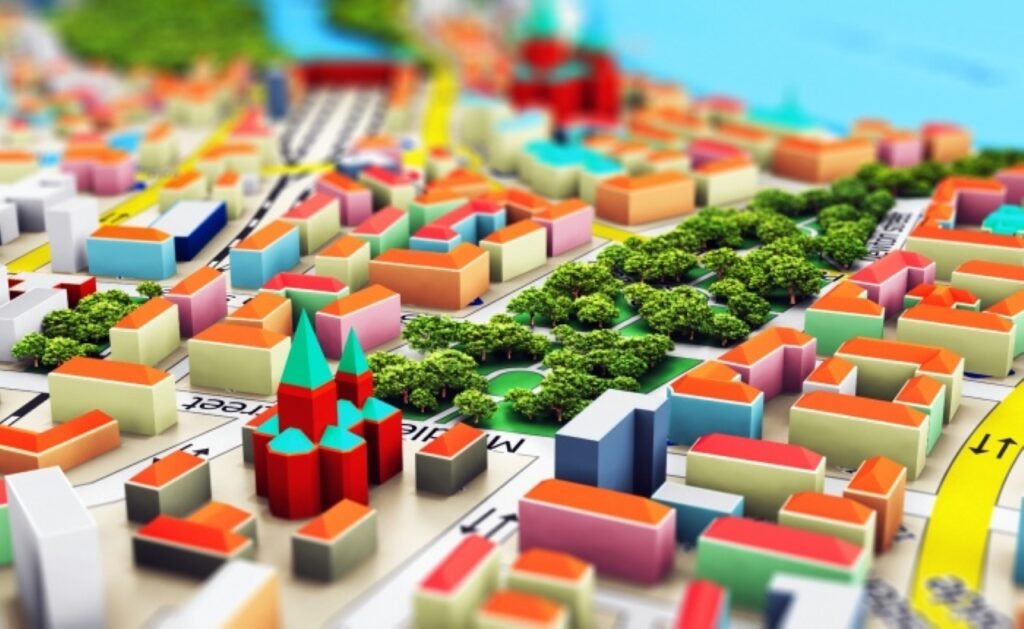
In the present political climate, people have become less sensitive to the demands of citizens calling for a more just sustainable lifestyle, distribution of resources, a cleaner environment, or the defense of conventional goods. Proper urban planning has the potential to give city dwellers a feeling of agency, empowerment, and entitlement, by promising changes and developments that could be the first step toward forging a better future.
Urban planners need to consider solutions because of the continuous threats of global warming and environmental catastrophe, it is important to take measures. Urban planning has become significant as it improves the use of the land and infrastructure in the best possible way. Urban planners can then help to translate these policies into local action and link them to the most suitable planning and design measures.
The urban planner can help potential changes in the cities and regions to adopt a range of different strategies, composed of different policies, and significant variations in approaches that can be adopted to lead towards a sustainable and eco-friendly environment.




